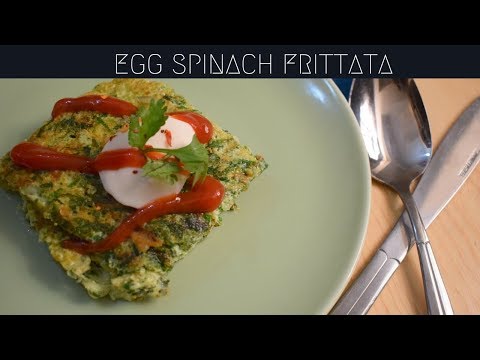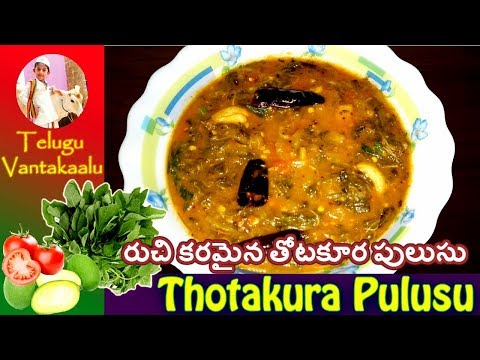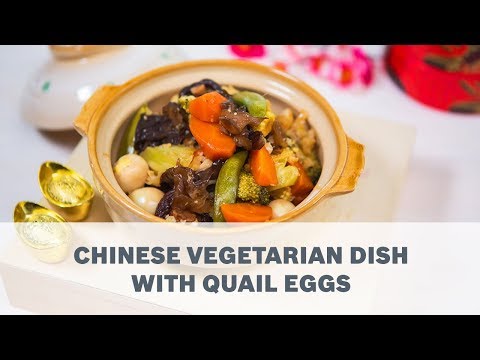Although beef manufacturing is just an enterprise that is common the U.S., profitability is obviously perhaps perhaps not assured. Kansas Farm Management Association (KFMA) information (2015) suggests typical cost that is variable cow of $833 per cow with a positive change as a whole expense involving the high- and low-profit category producers of approximately $346 per cow in 2015 (Figure 1). The southwest Standardized Performance review (SPA) information for 2009-13 shows a typical raised/purchased feed expense of $200 per cow and grazing price of $107 per cow, with total financial expense (includes running and fixed costs) of $705 per cow (Bevers, individual communication, January 15, 2015). This southwest information, while mainly representing herds in Texas, also contains Oklahoma and New Mexico information. University of Minnesota FINBIN information (2015) shows direct that is total overhead costs for cow/calf operations of $730 per cow. Dining Table 3 shows the running expense assumptions utilized in this analysis, that are created by Oklahoma State University (OSU) 2016 enterprise spending plan computer software (agecon. Okstate.edu/budgets). Money work expenses are excluded because it is thought to be given by the farm household as a startup share; interest shall be determined with income. Expenses associated with managing the land base, whether land is rented or purchased, are significant.
Manufacturing presumptions are placed in dining Table 4. Future calf and cull animal prices are crucial in determining the profitability associated with enterprise. Dining Table 5 shows projected calf and cull prices based in part from the run that is long projections because of the Food and Agricultural Policy Research Institute (Peel). Loan terms and associated cashflow parameters for the analysis are noted in Table 6. An assumed and important difference between situations is the fact that debtor has enough cost cost savings for the right down re payment.
Livestock leases could be developed in lots of ways to meet up with the objectives for the cow operator. The cow owner could be totally accountable for supplying replacements and also this plan might be better in the event that cow owner really wants to remain involved in the procedure. Right Here, we assume replacement females may be raised and retained by the cow operator to move ownership within the cowherd to your beginning operator from the retiring cow owner. Utilising the Beef Cow Lease Calculator, an equitable lease contract is calculated to become a 0.67:0.33 share lease if all work and inputs are offered by the cow operator and cows are initially supplied by the cow owner (Dhuyvetter and Doye, 2013). Dining Table 7 shows cow ownership transfer within the leased cow situation using the livestock operator replacement that is raising with time as production permits.
Outcomes
Leased and get cow scenarios produced cash that is significantly different from calf and cull sales through the five 12 months projection horizon (Tables 8 and 9). With leased cows, the cow operator has few calves become sold as a result of a claim on merely a share for the calf crop in addition to the need certainly to save females for replacement heifers. Cash produced is further restricted because the cow operator has no cows and therefore does not have any cull cow product sales at the beginning of years. Money costs for running inputs when it comes to cows that are leased just like those for purchased cows in just a given situation, with the exception of fees and insurance on owned cows. Excluding financial obligation service, money costs are greater in scenarios with leased land as a result of the leasing payments along with a little number of extra running interest cost. Nevertheless, total money outflows with land financial obligation repayment are somewhat more than leased land situations as a result of large principal and interest payments.
After 2 yrs, the scenario with both leased pasture and leased cows shows shrinking losses to work and management when conserved replacement heifers commence to generate profits through calf product sales (dining table 8). Nevertheless, the development in running interest in the long run signals that the relative credit line stability is increasing in the long run. Negative cash that is net mean no earnings can be obtained for reinvestment within the farm business, off-farm opportunities or family living cost and some other supply of money continues to be necessary. Nevertheless, the cow operator gradually builds equity and security as herd ownership grows.
In scenarios where both land and cattle are ordered with money borrowed from the commercial provider, the estimated financial obligation solution demands overwhelm cash receipts. The restricted money available to service debt demonstrates that the start producer requires significant earnings off their sources to solution debt ( dining Table https://speedyloan.net/installment-loans-ky 9). Calf and cull product product sales are often sufficient to pay for money working expenses and play a role in either land or cattle loan payments; nevertheless, the income generated is insufficient to pay for every one of the cattle loan re payments a lot less protect principal and interest re payments for land. Once again, running interest re payments are increasing as time passes, showing the personal credit line keeps growing. Hence, a contribution that is significant of from outside sources is essential to satisfy loan obligations and get away from rolling on the personal credit line.
Figure 2 shows projected web cashflow when cows are ordered and maintained under alternative method of land control: renting, purchasing with an FSA DP loan (5 % down payment happens to be made), buying by having an FSA joint financing loan, buying just as much land as it is feasible with an FSA FO loan and leasing the remaining, and lastly, purchasing land with a commercial loan let’s assume that a 20 % deposit happens to be made. Small improvement in cashflow is observed as time passes with some of the bought land situations. Even if land is rented, income is negative through to the cows are taken care of after 7 years and raised replacements commence to produce more money. But, with rented land, the bucks shortfall is a small fraction of these associated with purchased land situations.
Figure 3 shows the range that is same of control options with cows leased. Answers are comparable here with only land that is rented leased cows approaching good income after 5 years. Due to the restricted cash generated, leasing cows while buying land is a really bad combination in the 1st many years. The operating line of credit end-of-year balance initially grows as scheduled debt payments cannot be met with income generated from the cow/calf enterprise although cow ownership increases without associated cow debt in later years.
In Figure 4, total financial obligation with time is plotted to exhibit alterations in your debt amounts associated with various scenarios with time. Buying 350 acres of land at current land rates along with the present cattle returns situation commits the producer to high degrees of financial obligation for many years, building equity in the long run only when the ranch is lucrative most years and/or land values appreciate notably.
Overview and Conclusions
Cow/calf operations are of interest to starting and tiny operators as many need it tiny acreages to ascertain a residence that is rural provide a part-time work or pastime. However, financing a cow-calf that is beginning could be a challenge. Utilizing reasonable estimates of establishment and upkeep expenses and analyzing income connected with different loan alternatives for starting operators highlights cashflow issues. If earnings can be obtained from off-farm sources or any other farm earnings, purchasing cows might be feasible. A newbie producer with excellent administration abilities and low expenses of manufacturing could possibly create cash that is sufficient to pay for working expenses and donate to loan repayment. But, making land re payments will demand significant off-farm income.
While leasing land is common in lots of components of the nation, leasing livestock might be unfamiliar to numerous producers. Nevertheless, our analysis shows that more beginning producers should think about leasing both land and livestock because it provides the prospect that is best for economic feasibility, needing only nominal sourced elements of outside money for investment or maintenance. Producers who will be brief on cash for the advance payment or are not credit worthy in certain could find renting cows and land provides an entree to cow/calf manufacturing. With renting, the cow operator develops equity and collateral as ownership within the cowherd grows; nevertheless, it really is a sluggish way to cow ownership.







